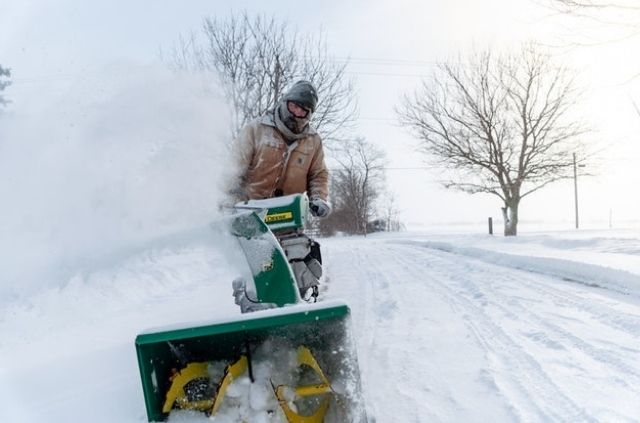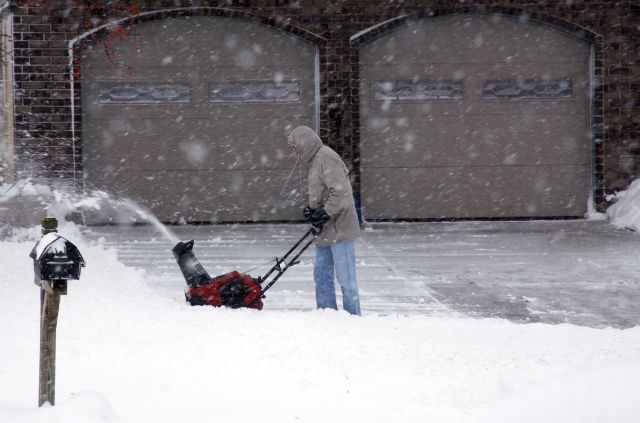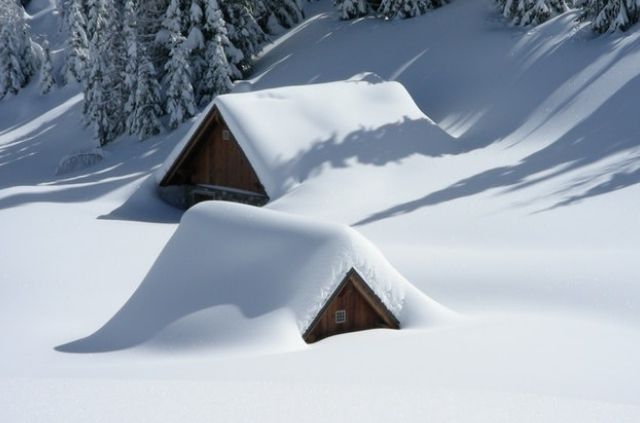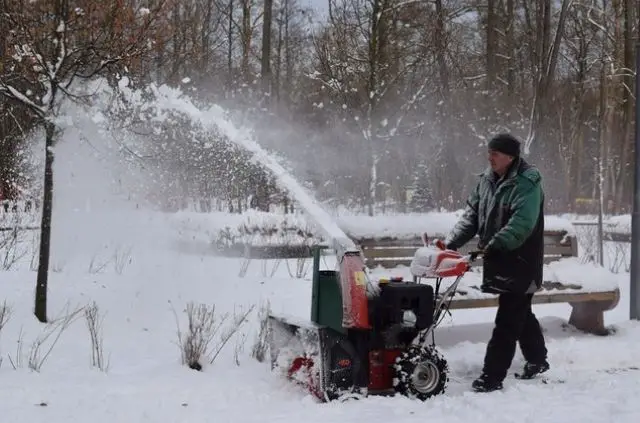How to Protect Plants from Snow
While many species of plants are capable of surviving through the winter, some can be more delicate than others. In the sections below you will learn how to protect plants from snow, to prevent them from dying.
You can cover plants, remove snow with a blower, and even store them inside. These are the most effective practices for keeping snow off your plants and preventing them from getting damaged.
Will Snow Kill My Plants?
Snow by itself will not kill plants. In fact, snow can help insulate areas of your garden and protect plants from freezing temperatures. It will act as a blanket and shield any vegetation underneath.
However, snow and ice can damage plants in some situations. Delicate branches have been known to snap off when heavy amounts of snow are sitting on top of them. This can especially be a problem in areas where snow slides off the roof.
It’s common for landscaping to be done around the house. But plants and flowers below the roof can become a target for falling snow. When the weather heats up, snow will melt and slide off the roof – landing on the plants below.
How to Protect Plants from Snow

1. Plant Tents
Plant protection tents are exactly what they sound like – structures designed to protect your plants from harsh weather conditions. This makes them the ideal choice if you’re looking for winter plant protection.
Unlike regular tents used for camping, these objects are engineered with thin mesh for maximum air flow. This allows moisture to escape the tent and helps plants breath, to prevent them from dying.
At the same time the plant tent is strong enough to withstand harsh winter conditions. Metal stakes keep this structure upright and provides plenty of durability for heavy amounts of snow landing on top.
2. Cover with Wood
To add even more snow protection, you can try covering the plants with wood. This will require some work, but building an a-frame structure will shield delicate plants from heavy snowfall.
You first need to level the a-frame to make sure it’s secure on the ground. It also helps to tie any long branches together, so they are not sticking out far from the structure. Any exposed plant limbs have a chance of getting damaged.
Once you are ready, you can move the a-frame over the plant. For larger bushes, you might need someone to help you. Make sure to hammer in wooden stakes at the bottom, so the structure doesn’t blow away in heavy winds.
3. Use a Snow Blower
Another way you can protect plants from snow is to keep them clean. You can use a snow blower on plants to clear them off after a heavy storm. This will require some time and patience, but the results will speak for themselves.
As we discussed in the sections above, snow acts as an insulator for plants – offering protection during the winter months. But problems arise when too much of it begins building up on your plants.
The simple act of removing snow from your flowers and bushes can do the trick. A snow blower is the best tool to use for the job. Just make sure you have it on a low setting, because too much air can break branches.
4. Store the Plants
One of the most effective ways to protect plants from snow is to store them inside. For obvious reasons, this only works on potted plants, because no one wants to repot a shrub before each winter.
This doesn’t mean you have to put every plant inside, because there are other areas around the home that offer protection. Sheds, garages, and even porches will protect your plants from harsh weather.
Just make sure that there’s some type of overhang above them. At the end of the day, there’s nothing wrong with a little amount of snow. It’s when too much snow places stress on plants and smothers them.
Will a Tarp Protect Plants from Frost?
A tarp can protect plants from frost temporarily, but it isn’t the best material to use. The main reason is that plastic tarps are not breathable, which means any moisture will get trapped inside.
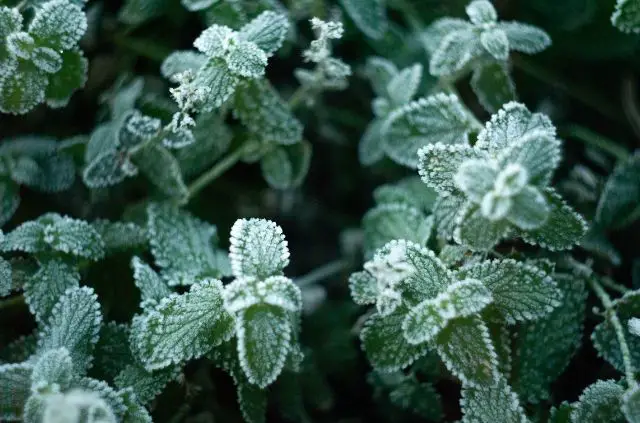
This material can offer protection for the time being, but it shouldn’t be used for permanent frost protection. That’s because any type of plant covered in a tarp will die – from a lack of water and sunlight.
Instead of using a tarp, try a plant tent. These objects are specifically designed for plants and the material has tiny holes in them to allow for air flow. That means you can leave them out all winter, without having to worry about your plants dying.
Will Cardboard Boxes Protect Plants from Frost?
Cardboard boxes are another way you can protect plants from frost and snow. The good news about using this type of material is that it’s cheap. There’s no shortage of people looking to get rid of cardboard.
When placing cardboard around your garden, make sure that it doesn’t touch the plant itself. If anything were to fall on top of it, the cardboard would push down onto the leaves and branches. This could end up causing damage to your plant.
The best way to go about using cardboard is to use it like an a-frame. This shape will allow snow and rain to slide right down the sides. And if you’re worried about frost, make sure to cover your plants the night before.
One downside with cardboard is that it will become brittle over time. Because it’s made from recycled goods, this material won’t last forever. When your cardboard starts to retain moisture and gets heavier – it’s time to replace it.
Final Thoughts
Protecting your plants from snow can be done by following a number of different methods. Even though snow acts as a natural insulator, too much of the stuff can be bad for your garden.
Heavy amounts of snow will push down on plants and even kill them. That’s why it’s essential to remove snow after a heavy storm, move your plants inside, or cover them with wood and other materials.
Search Terms
- How to protect plants from snow
- Will snow kill my plants?
- Will a tarp protect plants from frost?

